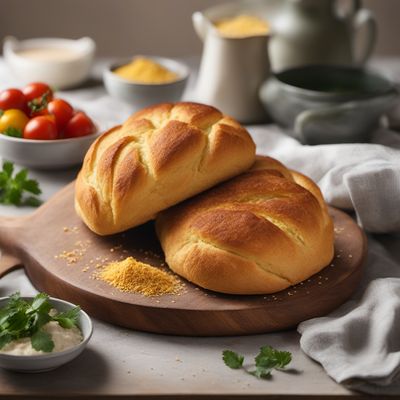
Dish
Pane giallo di Allumiere
Yellow bread from Allumiere
Pane giallo di Allumiere is made from a sourdough starter that is mixed with flour, water, and salt. The dough is then allowed to rise before being shaped into loaves and baked. The bread is known for its tangy flavor and chewy texture, and is often served with olive oil and balsamic vinegar.
Origins and history
Pane giallo di Allumiere has been a staple of the town of Allumiere for many years. It is thought to have originated in the Middle Ages, when the town was an important center for the production of wheat. Today, the bread is still made using traditional methods and is a popular food in many parts of Italy.
Dietary considerations
Pane giallo di Allumiere is generally not suitable for those with gluten or wheat allergies, as it is made from wheat flour. It may also contain dairy products, depending on the recipe.
Variations
There are many variations of pane giallo di Allumiere, depending on the recipe and the region in which it is made. Some bakers add herbs or spices to the dough to add flavor, while others use different types of flour to create a different texture. Some recipes also call for the addition of olives or other ingredients to the dough.
Presentation and garnishing
Pane giallo di Allumiere is traditionally presented on a wooden board or platter, with the olive oil and balsamic vinegar arranged alongside the bread. The bread can be sliced or torn into pieces, and can be garnished with fresh herbs or olives to add flavor and visual interest.
Tips & Tricks
To make the perfect pane giallo di Allumiere, it is important to use high-quality ingredients and to allow the dough to rise properly. The bread should be baked until it is golden brown and sounds hollow when tapped on the bottom. It can be stored for several days and is often used as a base for sandwiches or bruschetta.
Side-dishes
Pane giallo di Allumiere is often served with cheese or cured meats. In Italy, it is also served with a glass of red wine.
Drink pairings
Red wine
Delicious Pane giallo di Allumiere recipes
More dishes from this category... Browse all »
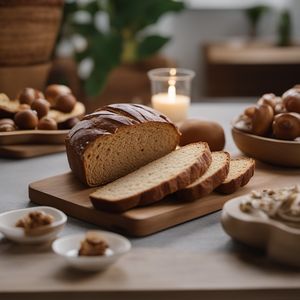
Acorn Bread
Native American cuisine

Alkubus
Moroccan cuisine

Almojábana
Colombian cuisine

Anadama Bread
American cuisine

Antiguan Butter Bread
Antiguan cuisine

Baati
Indian cuisine

Babà rustico
Italian cuisine

Baguette
French cuisine
More cuisines from this region... Browse all »
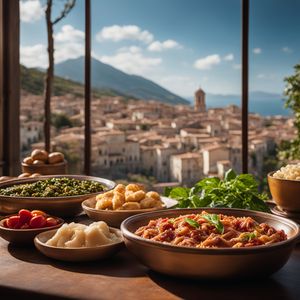
Abruzzese and Molisan cuisine
Savory, Earthy, Rustic, Hearty
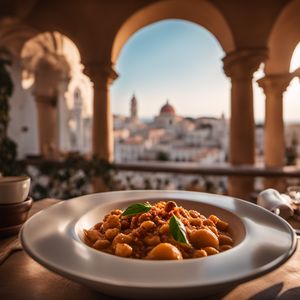
Apulian cuisine
Fresh, Savory, Rustic, Simple
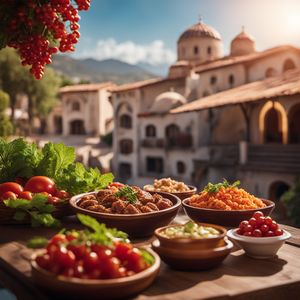
Arbëreshë cuisine
Savory, Tangy, Herbaceous, Spicy

Basilicatan (Lucanian) cuisine
Savory, Earthy, Rustic, Hearty
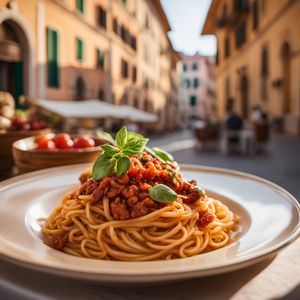
Ligurian cuisine
Light, Delicate, Herbaceous, Salty
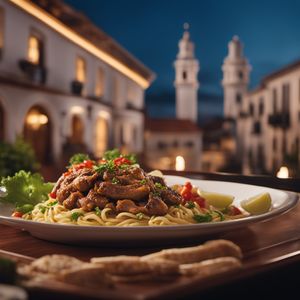
Lombard cuisine
Rich, Savory, Meaty, Cheesy
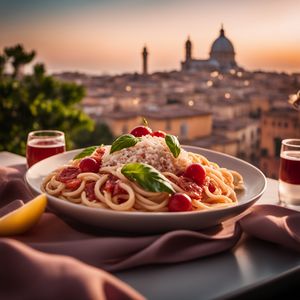
Neapolitan cuisine
Bold, Savory, Spicy, Tangy, Fresh
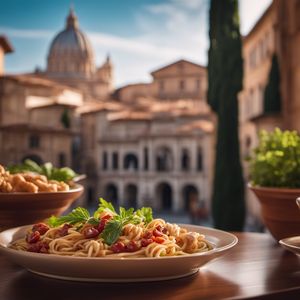
Roman cuisine
Fresh, Light, Herbaceous, Tangy, Savory

